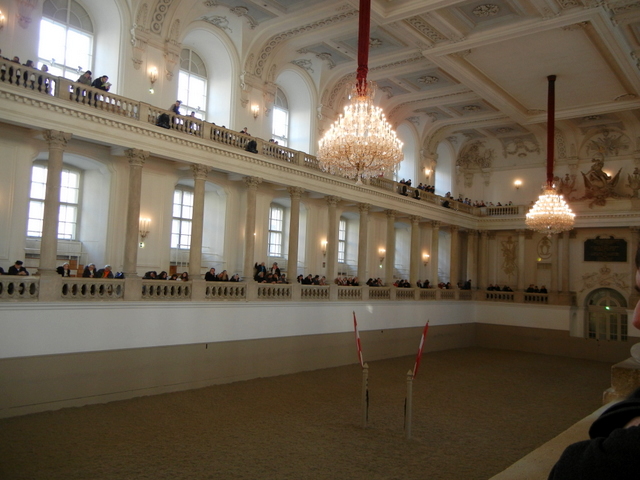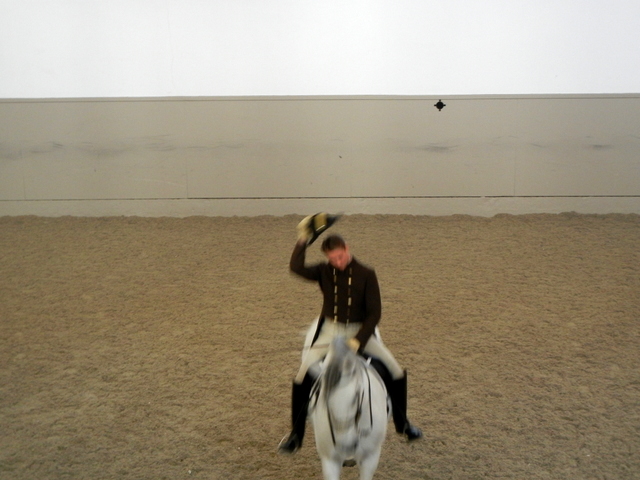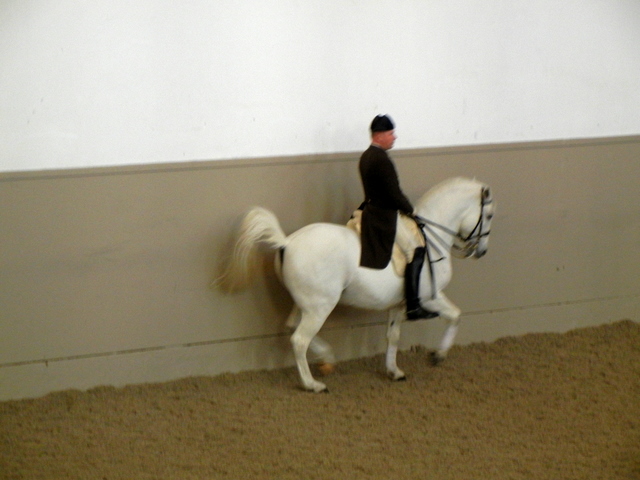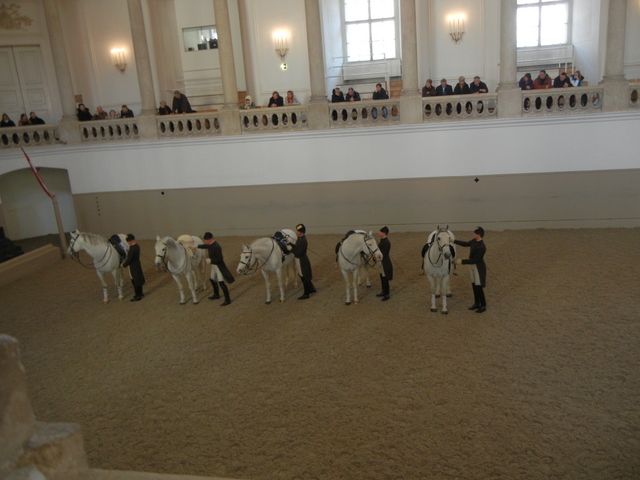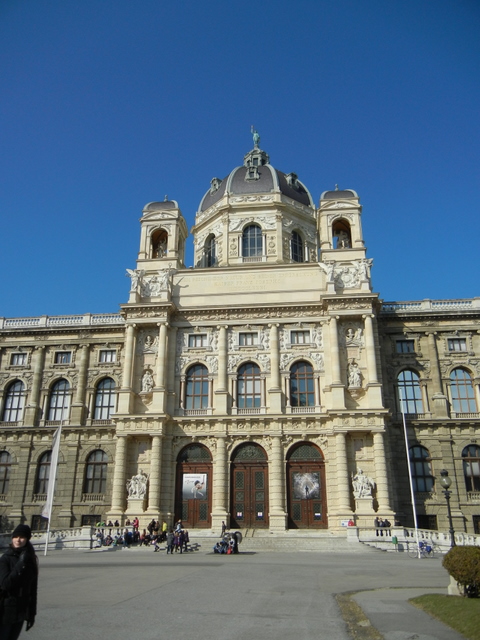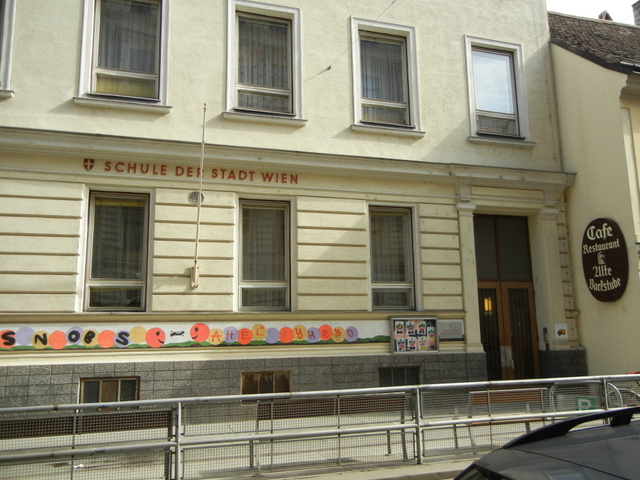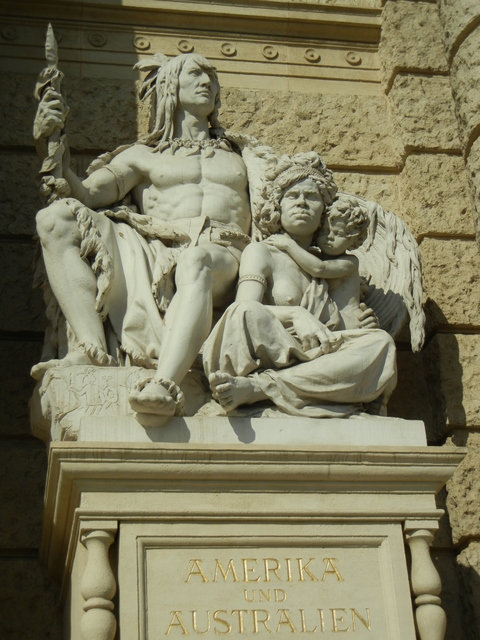Finally, a more or less ‘free’ day came when we didn’t have particular tasks to accomplish, unless you count laundry, and grocery shopping as tasks—somehow these don’t seem nearly as burdensome when done outside one’s normal venue.
After laundry was finished and hung out on the clothes line over all the radiators and every available window hook, it was down the hill for us and onto the #1 trolley. You can ride here for an hour for 1,90 euros –that’s a little more than $2.50 USD– getting on and off where you wish. If that seems expensive, then try buying petrol here. We don’t have a car, so we don’t even know what fuel costs but guess it is plenty. And we have seen absolutely KEIN (that’s nada, no, none) SUV’s anywhere in Austria. Emphasis here is on efficiency and conservation.
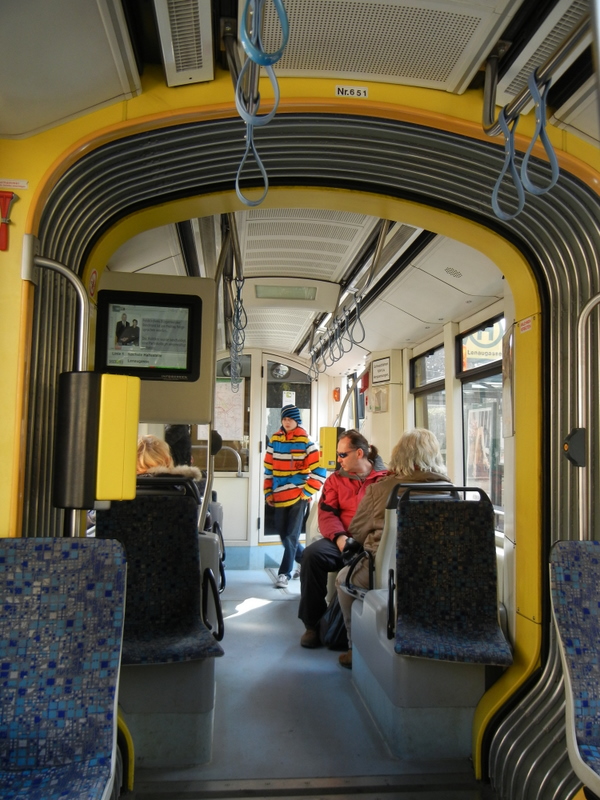
The trolleys or street cars are usually at least 3 cars long, and very neat. Best not to stand right where they flex!
Most of the streetcars have little screens that tell you where you are and what stop is coming next. The screens also display weather, movie ads and other stuff. I tried to capture the weather information but it moved too quickly, or maybe the camera doesn’t understand German.
The street cars are driven by men and women. I know most of you reading know all of this but I am also writing to my students back in Missoula, who are just beginning a study of work and community. Here ya’ go, kids….the streetcar driver:
You will note that while inline skates, fires and smoking are NOT allowed on the bus, dogs, handys (cell phones), and baby buggies are. In fact, we’ve seen more dogs in public places than in Missoula, even in restaurants and stores! So far, Golden Retrievers seem to dominate. Bill is highly pleased and considers this one more sign for a new dog for us.
I lied; we actually did have one task on our schedule and that was to pick up OPERA tickets for an opera we are seeing in May with our good friends, Mary and Charles, here in Graz. After attempting to order the tickets online (even with English ‘translation’ it is a little tricky) I still wasn’t sure we had actually purchased tickets because I never received an email confirmation. (found it the next day in bigsky.net’s spam filter–guess bigsky.net doesn’t understand German, either!) Fortunately I did print out the page from the internet and we found the opera box office with not too much trouble and now have our tickets for I Capuleti Ei Montecchi , a lesser known but ‘gem’ of an opera (according to Mary and Charles who are opera buffs), by Vincenzo Bellini.
Here’s where we will see the opera:
There are at least four venues that take place in this complex, one part of which is to the right of this photo: Opera, Dance, Musical Concerts, and Children’s Programming. Already, La Traviata and Don Giovanni are sold out but we can try for turn-back tickets the night of or perhaps check into a waiting list. It seems Graz is quite attuned to making art and culture accessible to the younger set, as there is a family concert or similar event nearly every week!
Just across the street from the opera in Kaiser Josef Platz was the every morning (except Sunday) Farmer’s Market. Missoula, they have already started!!! We could see everything from the early tulips from Holland and pussy willows. Judging from the shoppers walking around with the latter, I would say Austrians are as ready for spring as anyone is!
An abundance of food for the soul and also for the body! We saw eggs, bread, vegetables, fish, many varieties of apples – most local from Styria–people drinking wine, juice and coffee; and some cuts of meat that were indescribable (meaning I probably won’t be that adventurous in my cooking)! The bread was HUGE! You just say how much you want and the baker/seller cuts off the appropriate amount!
NEXT week, we’ll try for this. Our goal was to climb up to the Castle (or Schloss) and Clocktower and who wants to climb carrying all those groceries? So we headed into old Graz, eyes wide open to what we might discover.
We hadn’t gone far when we found a beautiful gothic-baroquely revised church (kirche), the Stadtpfarrkirche (city parish). Austria is about 73% Roman Catholic and we’ve seen only one kirche in Graz that is not. We went in.
The church is quite ornate inside, but has a cool area for die kinder (children), outfitted with materials. According to the church’s website they have special children’s time here frequently, or maybe it is also a place where restless kiddos can come if the sermon gets too long!
If you look at the church’s website, you’ll see they have a beautiful courtyard which we didn’t see, but maybe if we go back for a service, we will.
The windows for this church, which was bombed in 1944, were re-done by Albert Birkle in 1950. In some of the scenes, Hilter and Mussolini are depicted tormenting Christ.
And now it’s time for a walk! the sun is out and the birds are singing! More to come! Thanks for reading!

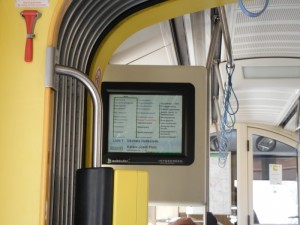

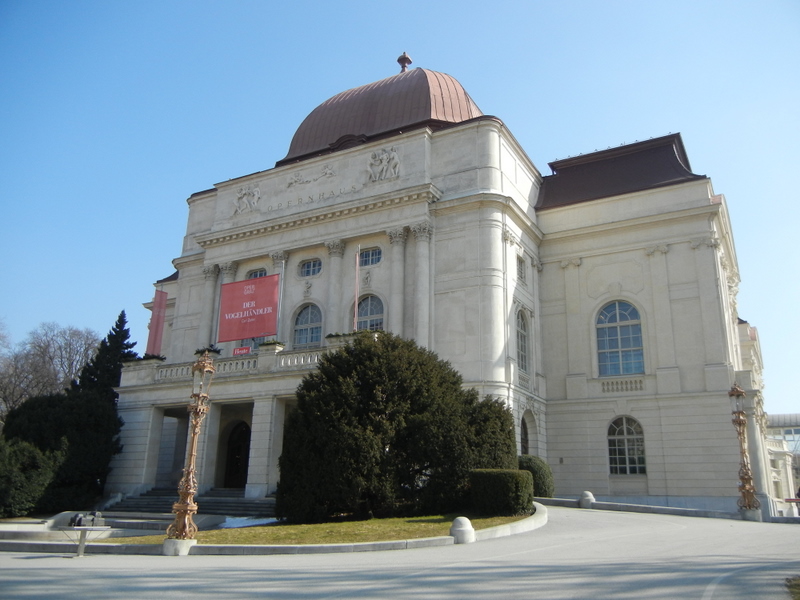
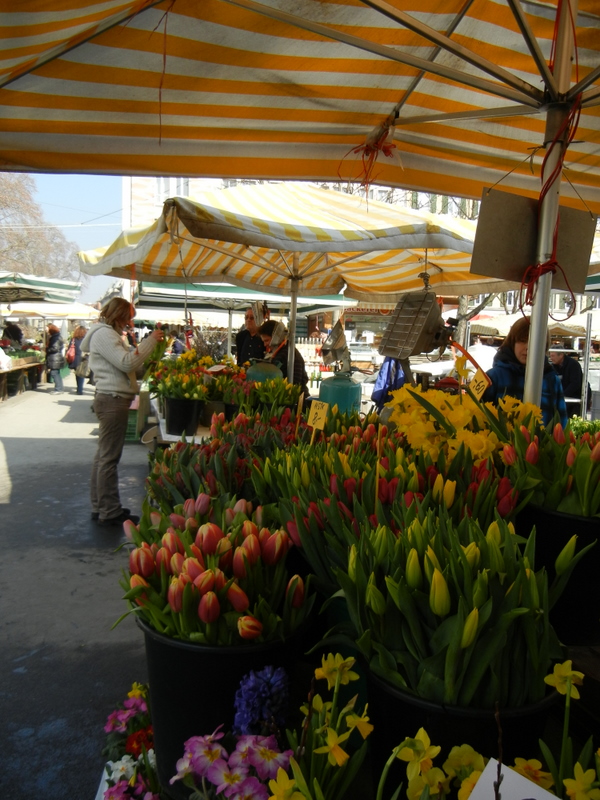

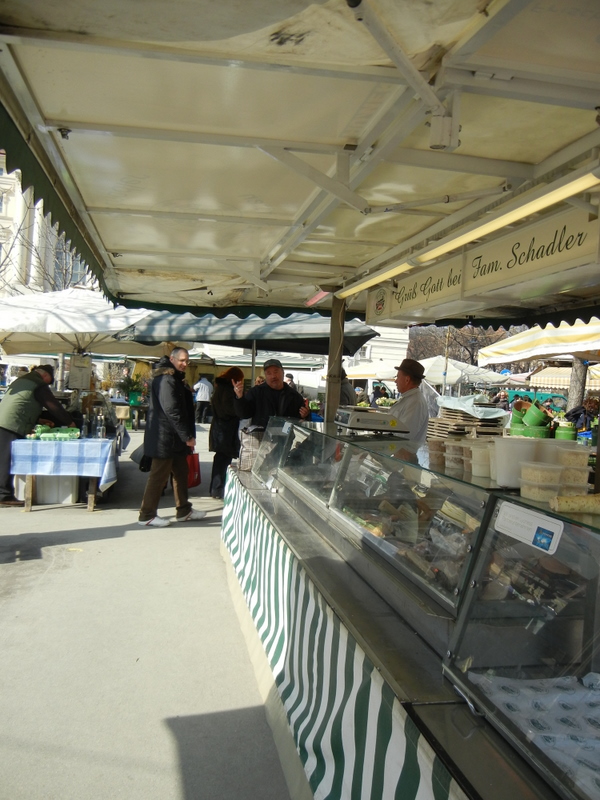
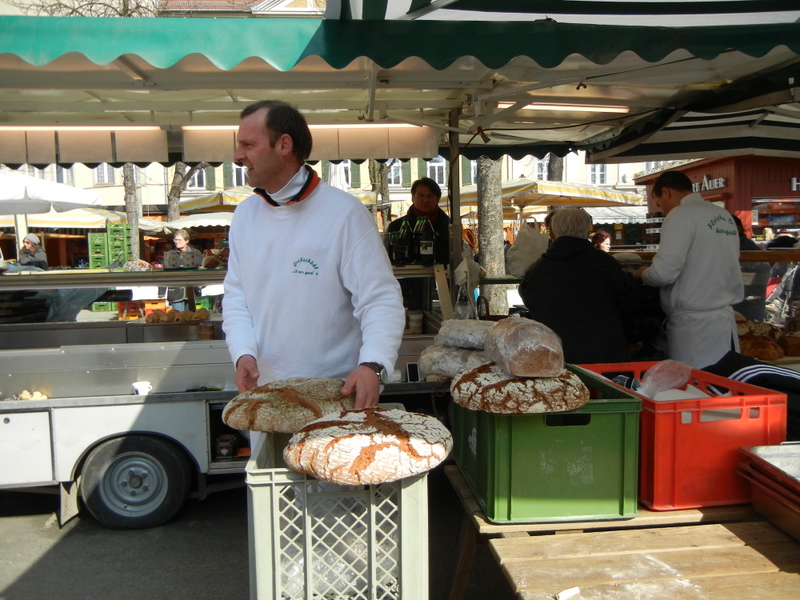
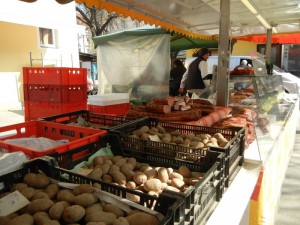
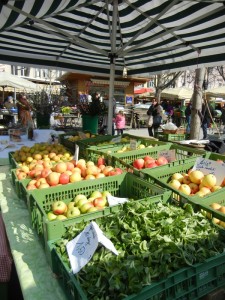
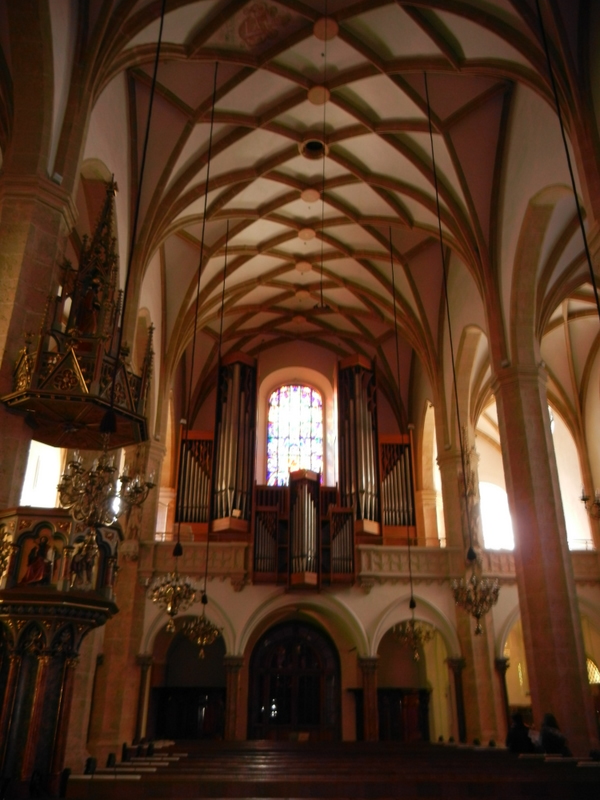
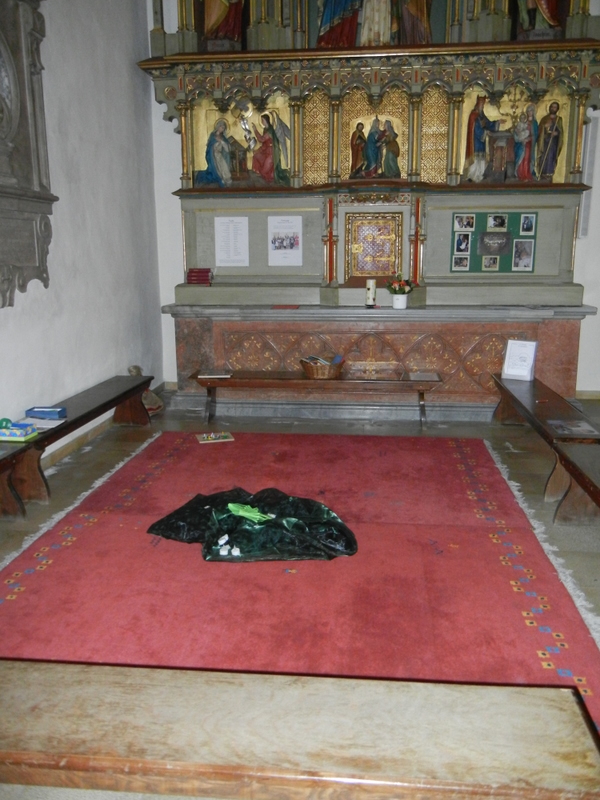
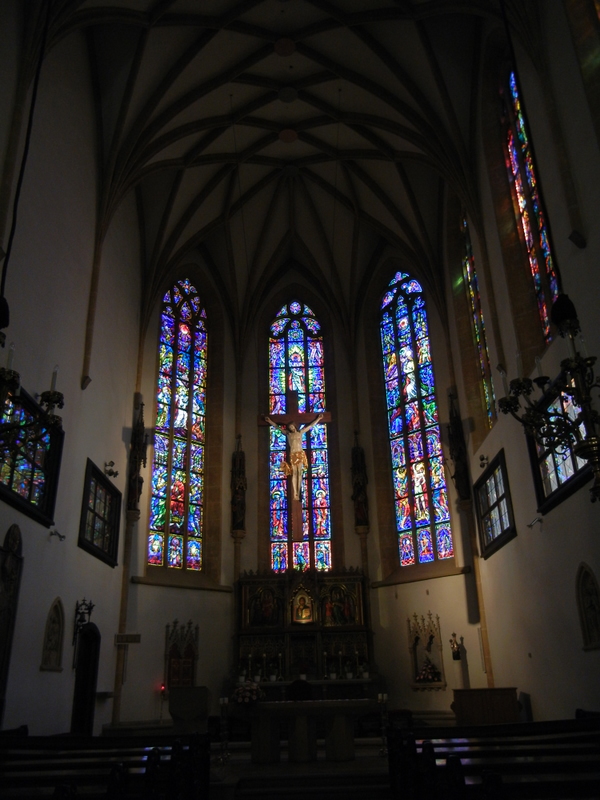
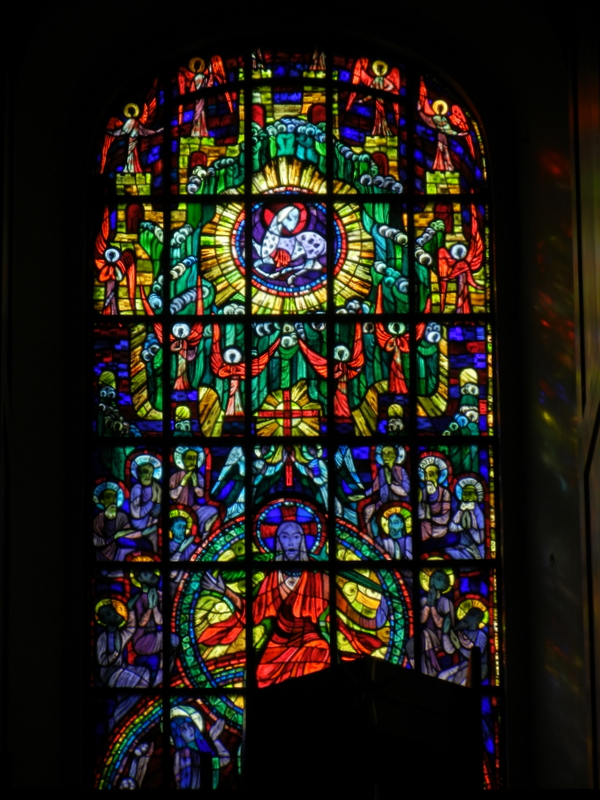
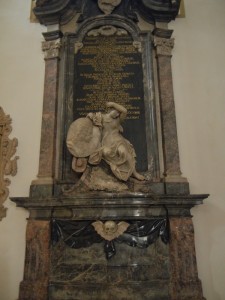
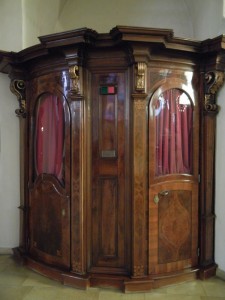
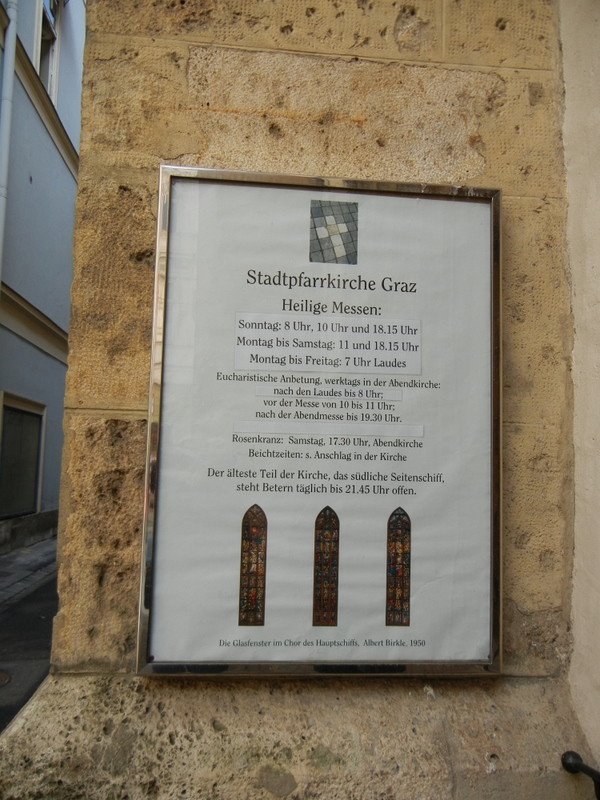
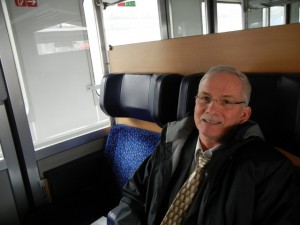
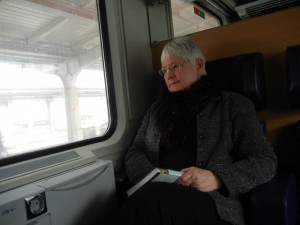
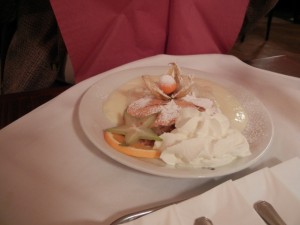
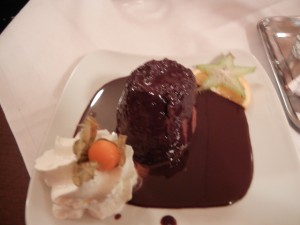
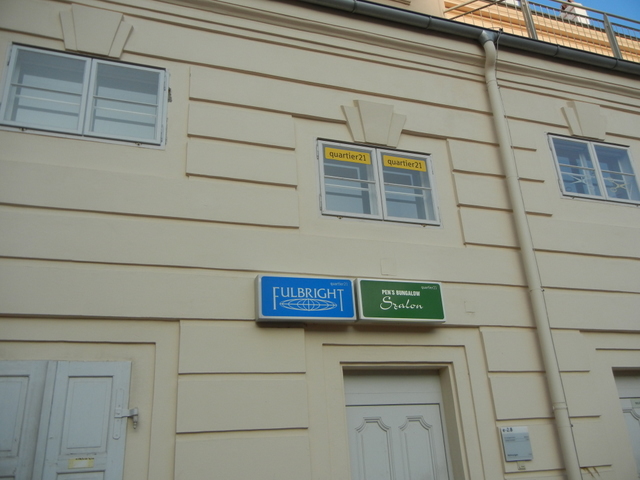

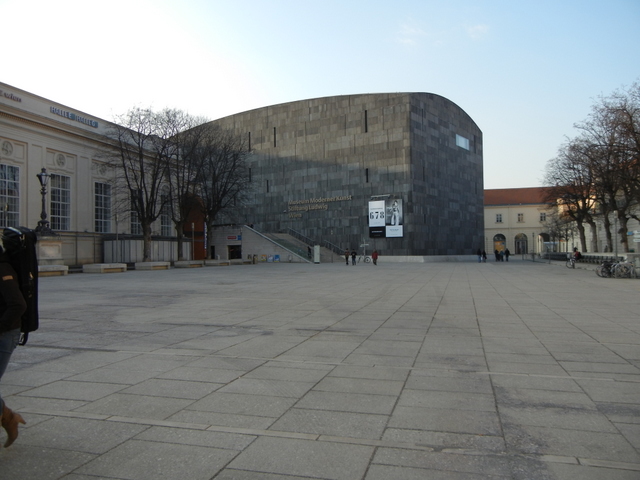
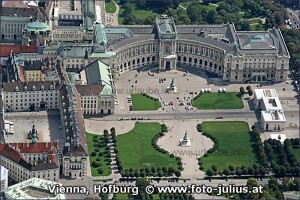
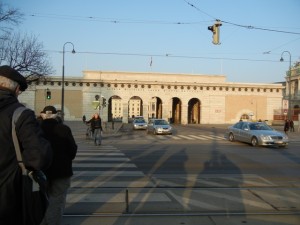
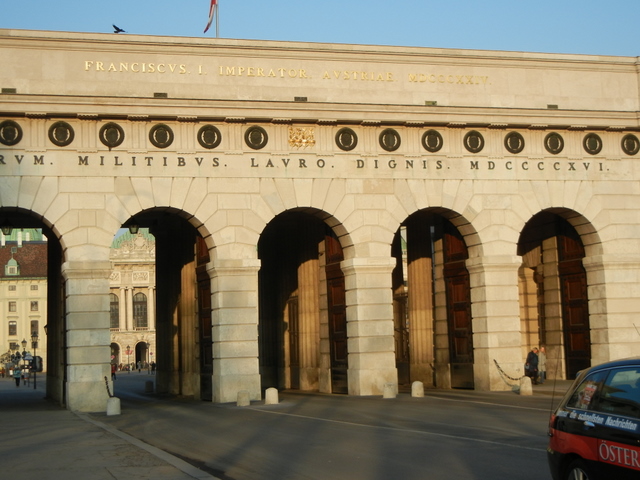
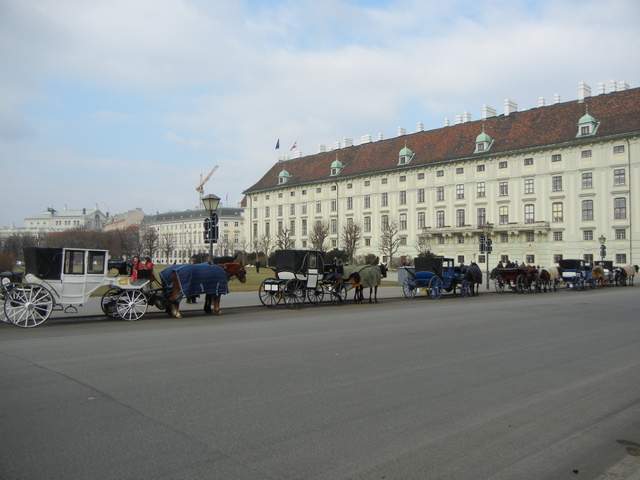
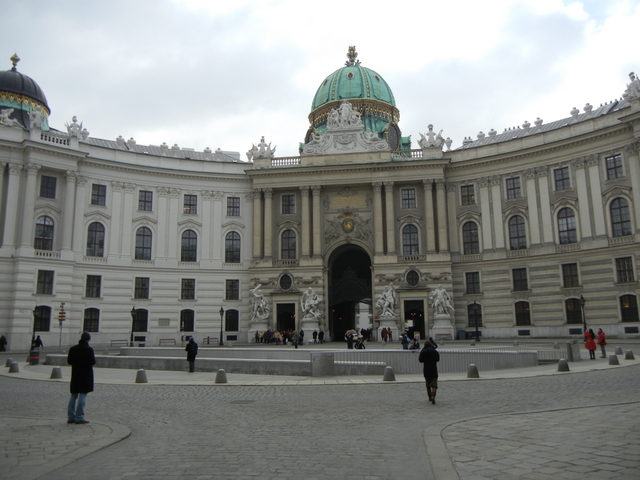
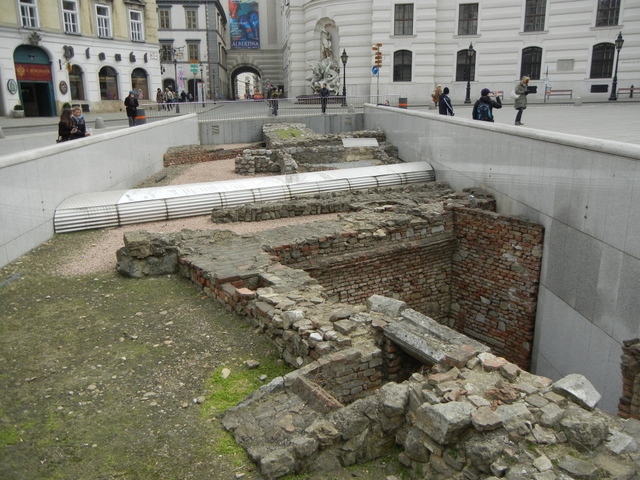
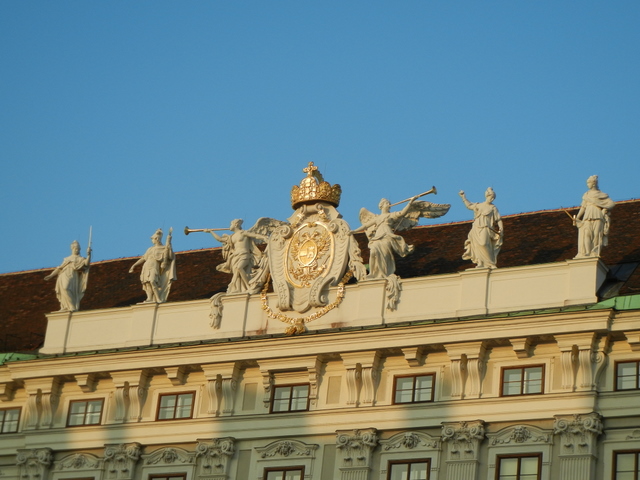
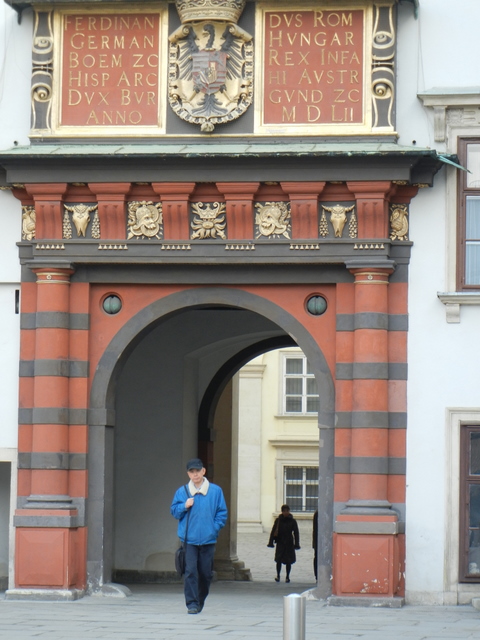
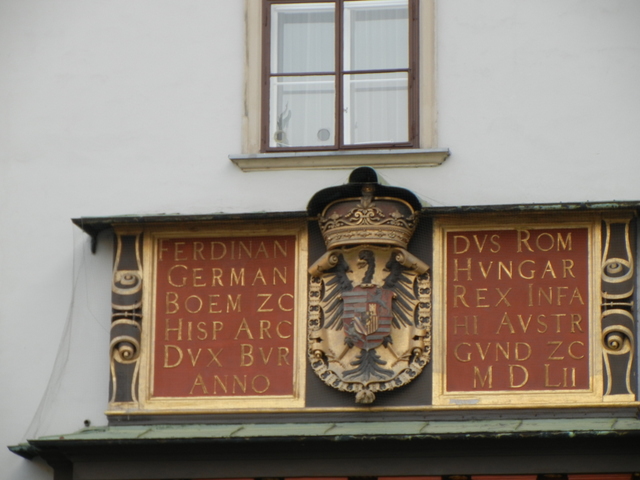
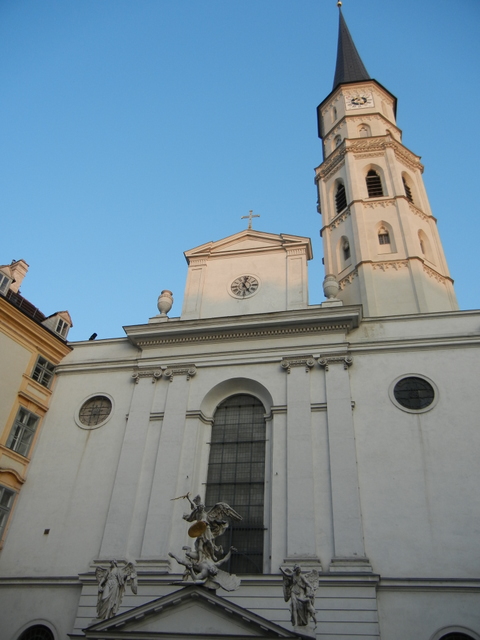
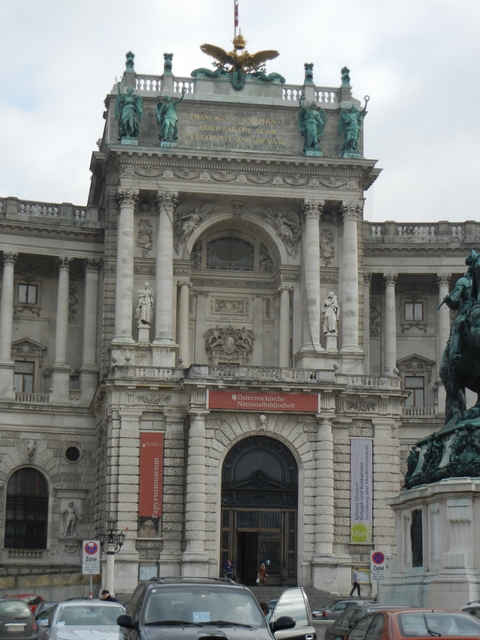
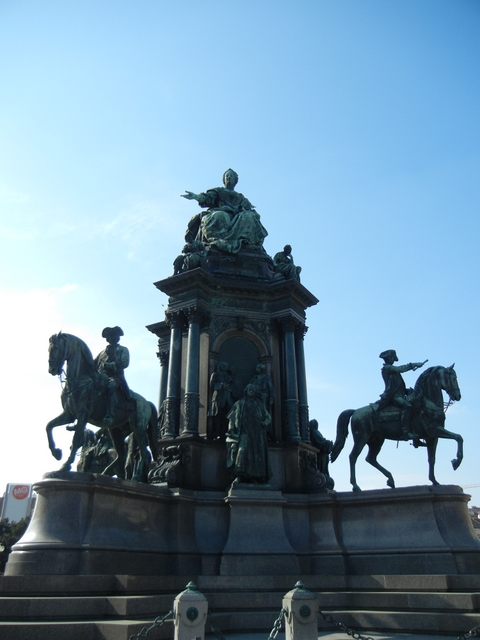
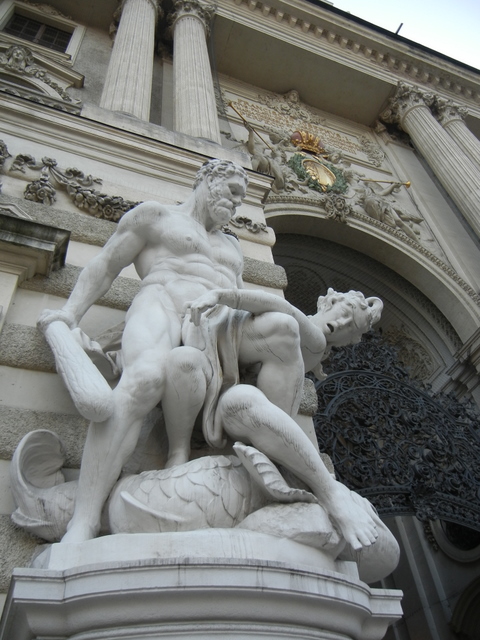
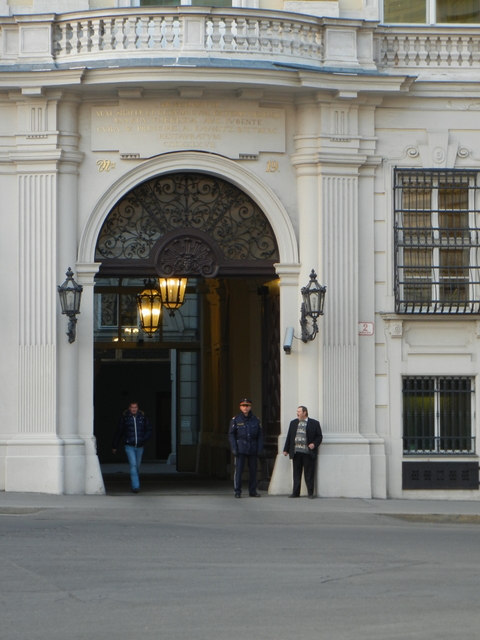
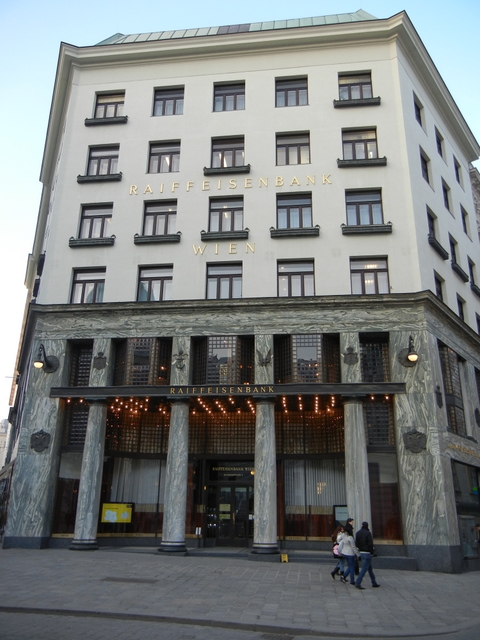
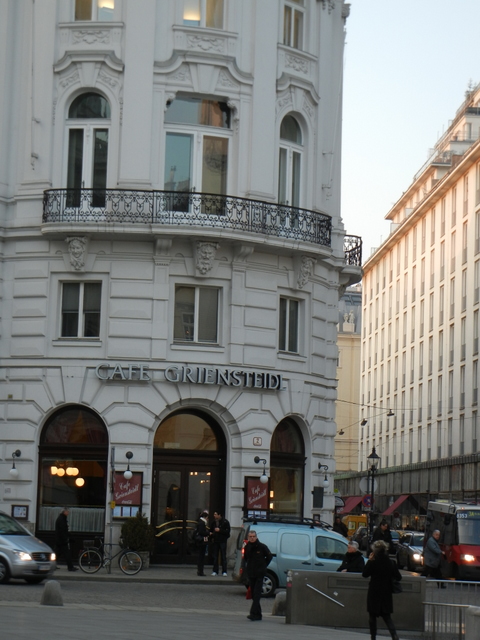

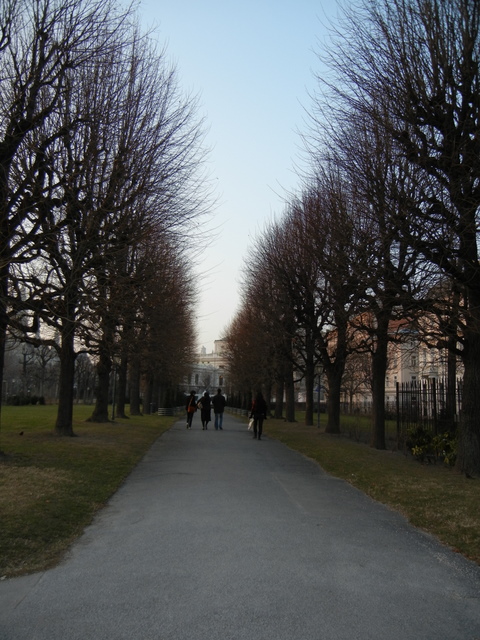
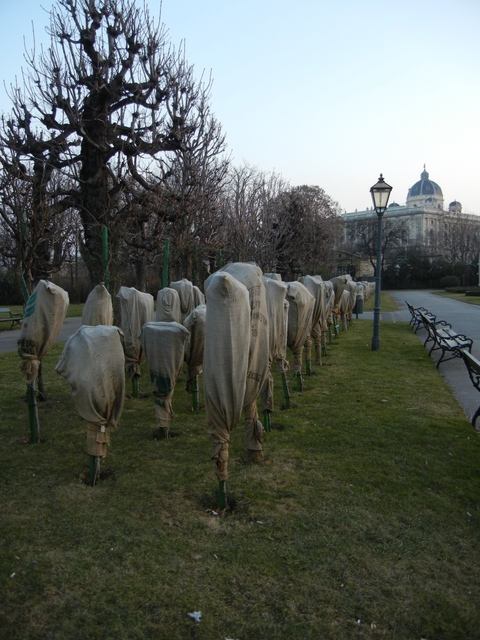

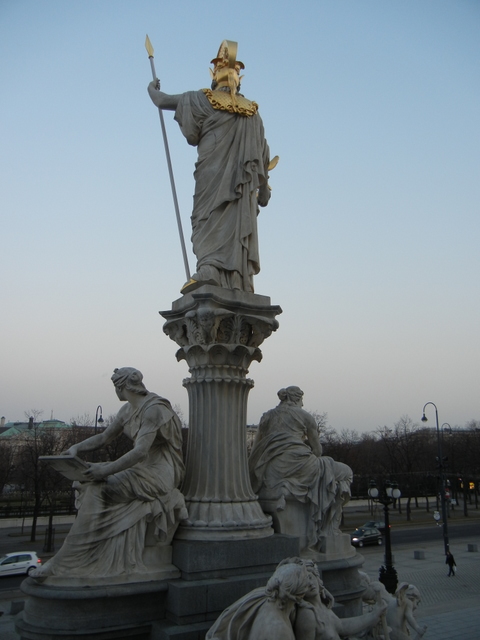
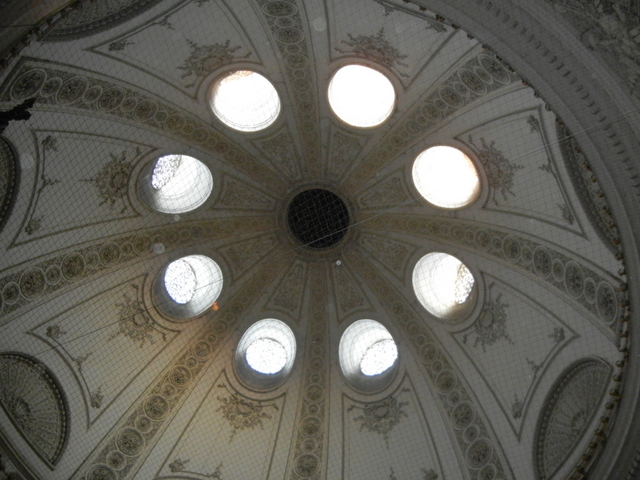
 The Lipizzaner horses are bred on a farm very near Graz.
The Lipizzaner horses are bred on a farm very near Graz. 